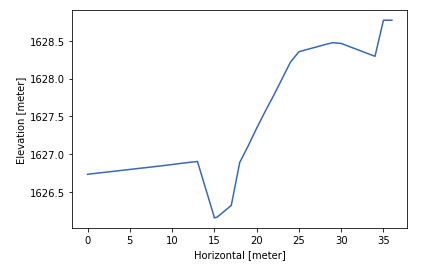Read, manipulate, and analyze res1d, res, resx, out, and xns11 files.
For other MIKE files (Dfs0, Dfs1, Dfs2, Dfsu,...) use the related package MIKE IO
- Windows, Linux (experimental)
- Python x64 3.9 - 3.12
- (Windows) VC++ redistributables (already installed if you have MIKE)
- (Linux) .NET Runtime (not installed by default)
From PyPI:
pip install mikeio1d
Linux users will need to install .NET runtime. For Ubuntu, you can install .NET runtime as follows:
sudo apt install dotnet-runtime-8.0
Or development version:
pip install https://github.com/DHI/mikeio1d/archive/main.zip
If you're on the development branch, you need .NET SDK. Ubuntu users can install these dependencies as follows:
sudo apt install dotnet-sdk-8.0
Check out the official documentation for MIKE IO 1D.
>>> from mikeio1d import Res1D
>>> res = Res1D('my_results.res1d')
>>> df = res.read()
>>> df_reach = res.reaches['my_reach'].Discharge.read()
>>> df_node = res.nodes['my_node'].WaterLevel.read()>>> from mikeio1d import Xns11
# Plot section with location id 'basin_right', chainage '238.800', and topo id '1'.
>>> xns = Xns11("mikep_cs_demo.xns11")
>>> xns.xsections.['basin_right', '238.800', '1'].plot()Continue learning with additional examples.
- Reference - Documentation
- New ideas and feature requests - GitHub Discussions
- Bugs - GitHub Issues

